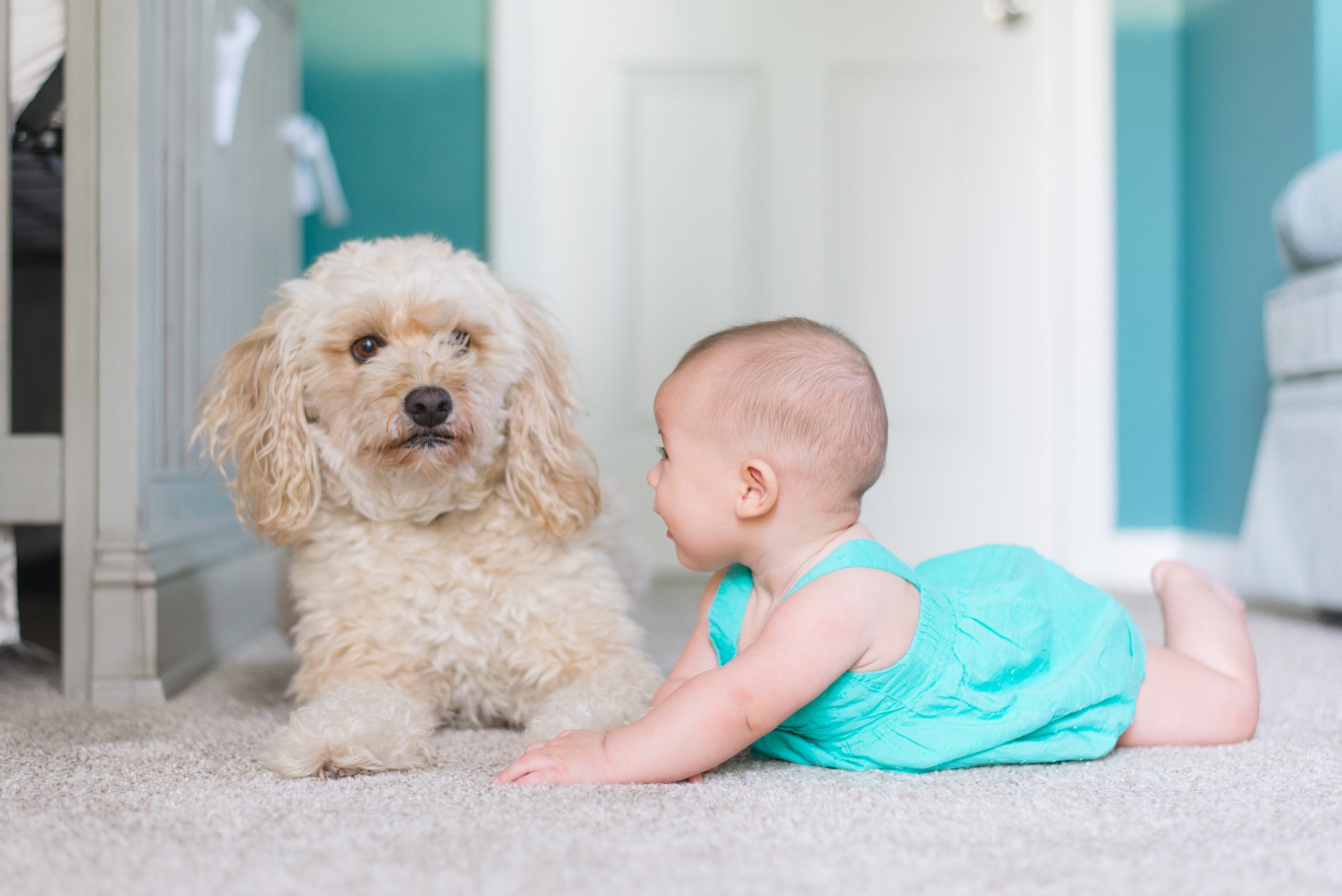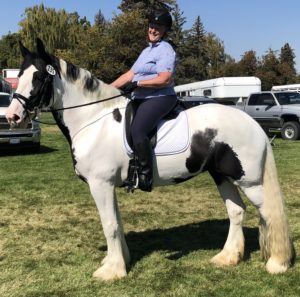
Our pets are a major cause of injury, especially for our kids. Here are some facts about dogs and dog bites. Animal injuries are the second most common cause of emergency room visits each year. Over 5 million injuries involving animals occur annually. Over 70% of dog bite incidents are to children less than 10 years of age and 77% of these bites are to the face. 77% of dog bites are from dogs owned by family and friends and take place in familiar areas. 65% of serial attacks and 79% of rampage attacks (biting more than 1 person during a single occurrence) are committed by PitBull or Rottweiler breed dogs.
Here are some tips to keep you and your family safe. Supervise children when they are near animals. Never leave them alone, even for ‘just a minute’. Accidents happen quickly, even with trustworthy children and pets. Know the breeds of your dogs and their dispositions. Some dogs will bond to a person and then become defensive when other people, even children, approach that person. Do not approach or pet an animal while they are eating, sleeping, playing with toys, in their crate or caring for their young. Let them see and sniff before you approach. Teach young children this safety tool early.
Do not allow children to touch or stand near a dog during times of heightened excitement – feeding, someone at the door, barking at a squirrel or deer outside. Always ask an adult before approaching an animal you don’t know. If the pet is friendly, reach out with your hand, palm up and gently move toward the pet’s nose for sniffing. Do not touch eyes, ears, mouth, nose or genitals.
Teach your children not to tease or provoke any animal, especially a strange animal. Half of all attacks on children are considered provoked. Always pet an animal gently, with no pulling or tugging, and never from behind. Do not stare directly into the animal’s eyes. Do not hug an unfamiliar dog or other animal, especially around the dog’s neck. Do not make loud noises or sudden moves when approaching an animal.
If an animal attacks, you may be able to decrease injury by feeding them your jacket, purse, bike or anything else that can serve as a barrier between you and the animal. If you are knocked to the ground, curl into a ball with your hands over your ears and lie still until the animal goes away. Teach your children this animal safety technique.
Dogs should be leashed or in a fenced area at all times for the safety of all. Pets are living creatures that must be cared for and respected. They rely on us to be caretakers and for companionship and loving care.
By Gail Colbern, DVM, MS, DACT
Bear Creek Animal Clinic

